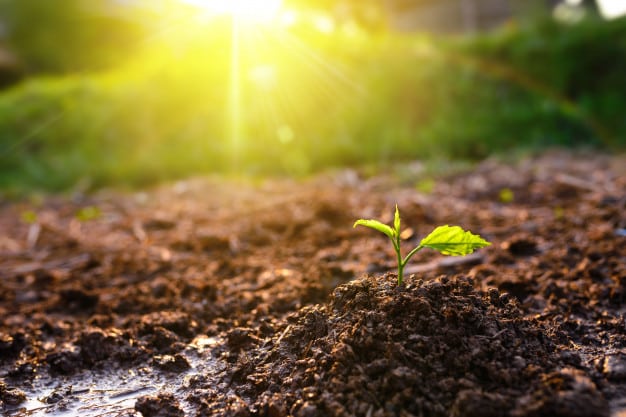Groundwater Remediation
Groundwater remediation is the process that is used to treat polluted groundwater by removing the pollutants or converting them into harmless products. Groundwater is water present below the ground surface that saturates the pore space in the subsurface. Globally, between 25 percent and 40 percent of the world’s drinking water is drawn from boreholes and dug wells. Groundwater is also used by farmers to irrigate crops and by industries to produce everyday goods. Most groundwater is clean, but groundwater can become polluted, or contaminated as a result of human activities or as a result of natural conditions.
Innumerable Waste Materials
The many and diverse activities of humans produce innumerable waste materials and by-products. Historically, the disposal of such waste has not been subject to many regulatory controls. Consequently, waste materials have often been disposed of or stored on land surfaces where they percolate into the underlying groundwater. As a result, the contaminated groundwater is unsuitable for use.
Groundwater
Current practices can still impact groundwater, such as the over-application of fertilizer or pesticides, spills from industrial operations, infiltration from urban runoff, and leaking from landfills. Using contaminated groundwater causes hazards to public health through poisoning or the spread of disease, and the practice of groundwater remediation has been developed to address these issues. Contaminants found in groundwater cover a broad range of physical, inorganic chemical, organic chemical, bacteriological, and radioactive parameters. Pollutants and contaminants can be removed from groundwater by applying various techniques, thereby bringing the water to a standard that is commensurate with various intended uses.

